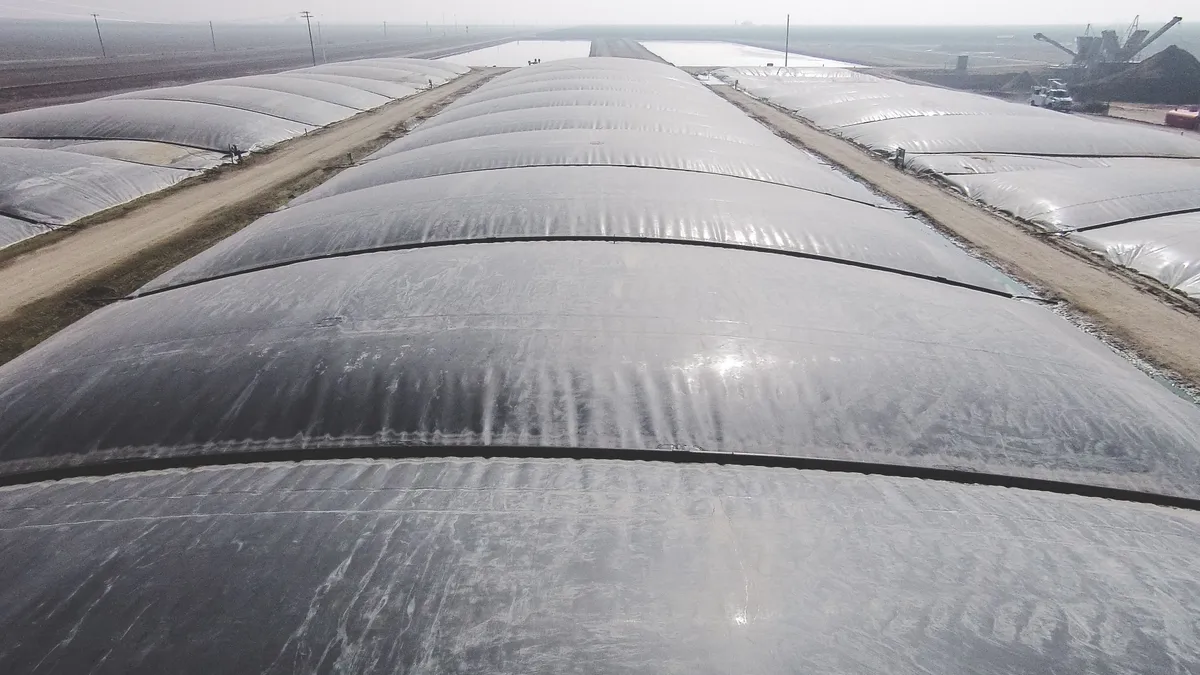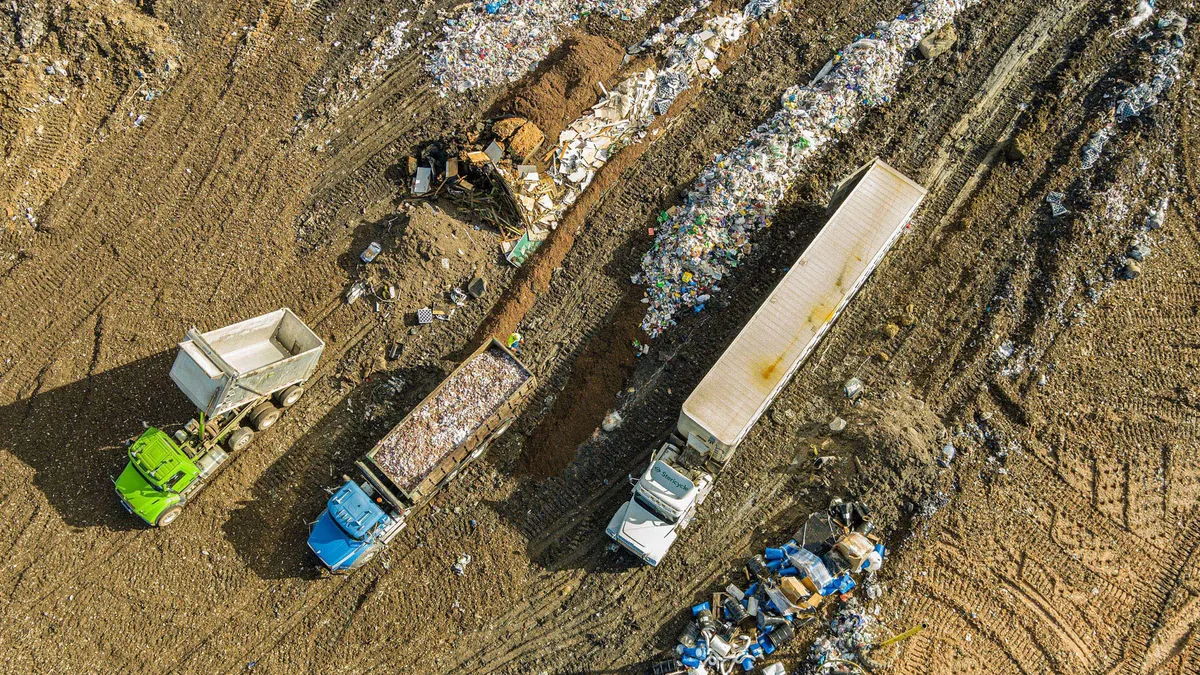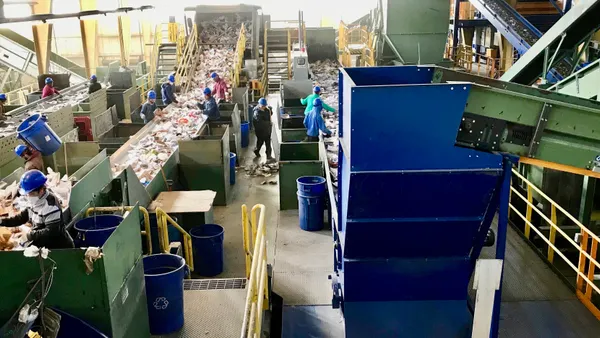Dive Brief:
- The RNG Coalition and National Waste & Recycling Association submitted joint comments to the U.S. EPA pushing back on the smaller incentive it proposed for fuels like renewable natural gas in its latest Renewable Fuel Standard proposal.
- The proposal, which EPA released in June, would set targets for low-carbon fuels through 2027 with a much bolder goal for biodiesel and crop-based biofuels than cellulosic biofuels like RNG. The agency argued tepid transportation demand for RNG and lower-than-expected production of the fuel meant it needed to lower expectations for cellulosic biofuels.
- The industry groups argued that EPA is misusing its authority by factoring in those considerations. They noted RNG production has increased nearly 600% since 2015 and ambitious targets could facilitate further growth.
Dive Insight:
The waste industry’s investments in landfill gas systems and compressed natural gas fleets are based in part on credit values set by RFS updates, making it a closely watched program for the sector.
The RFS was created by an act of Congress in 2005. Since 2023, the EPA has set annual renewable volume obligations that alternative fuel producers are expected to meet. They then generate credits that refiners and importers of petroleum-based fuels must purchase.
The policy has historically provided strong support for crop-based biofuels like ethanol. The EPA’s latest proposal, which would set RVOs for 2025, 2026 and 2027, included strong production expectations for those biofuels. But RNG producers feel they’ve been neglected by the latest update, which they expressed during the public comment period that closed Aug. 8.
In particular, industry groups took issue with the EPA’s use of demand projections when setting RVOs for cellulosic biofuels. They argued that those projections were based on a period when the RNG industry was temporarily slowed by adjustments to the RFS under the EPA’s first Set Rule, released in 2023, and don’t reflect what the industry is truly capable of producing. With the market beginning to have more certainty, they argue production will increase.
The groups also noted that the EPA has not previously used demand for RNG as a factor in the RVOs it sets. They say doing so would go against the purpose of the RFS, which is to incentivize demand for less climate-intensive fuels by making them more affordable.
“The problem with this new approach is that the RFS is to drive demand, not be driven by demand,” the RNG Coalition and NWRA wrote in their comments.
Other affected parties also lodged complaints with the EPA. Among them were environmental groups, who have drawn increasing attention to the amount of land that’s been converted to produce crop-based biofuels. The Center for Biological Diversity noted in its comments that this growing land use can threaten habitats for endangered species, and noted the EPA was behind on its consultation with the U.S. Fish and Wildlife Service and National Marine Fisheries Service on this issue.
Earthjustice also argued that the EPA needed to reassess the climate impact of such land use changes. It also said the need for such fuels is declining as electric vehicle technology has advanced much more rapidly than policymakers envisioned when they first created the RFS. The EPA should lower RVOs for such fuels, the environmental group said.
“Rather than adjust to this reality, EPA proposes volumes whose primary impact will be to turn even more food crops into fuel,” the organization wrote.
The government of Canada also critiqued a new provision that would halve credits generated by imported fuels or fuels made from imported feedstocks. The government argued that the change contradicts recent U.S. policy. The One Big Beautiful Bill Act signed into law in July modified an alternative fuel tax credit to reduce incentives for foreign biofuels, but exempted Canada and Mexico from that change. The Canadian government is hoping EPA will adopt a similar exemption in its final RFS language.
The EPA said in June that it would plan to review comments and finalize volumes by Nov. 1.











